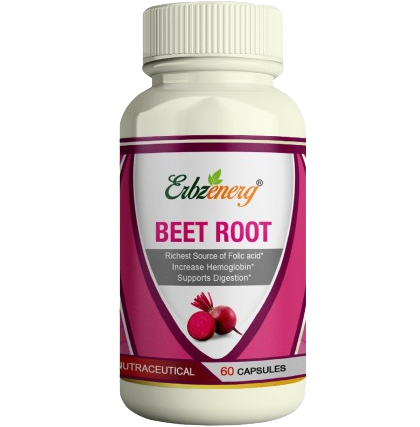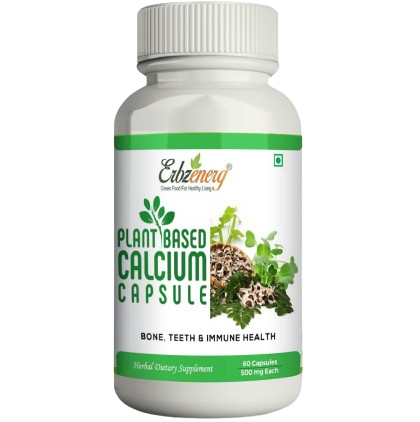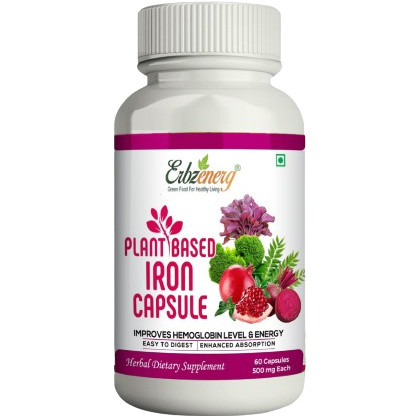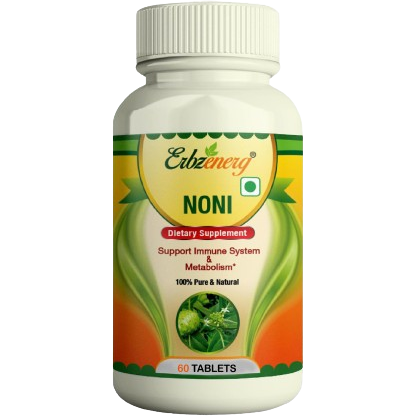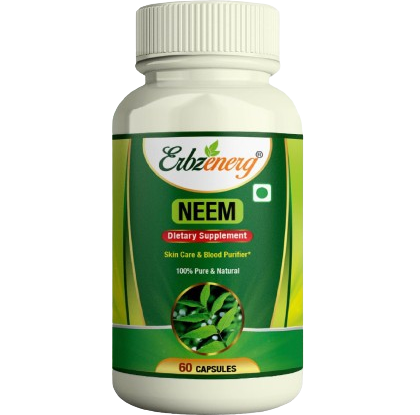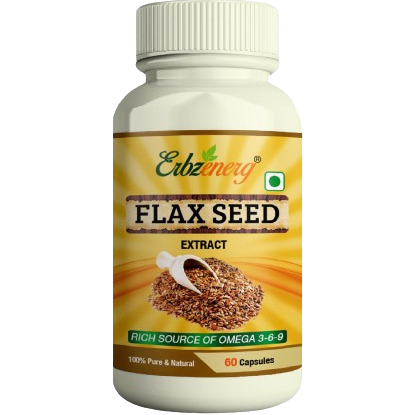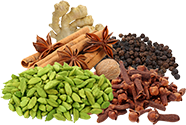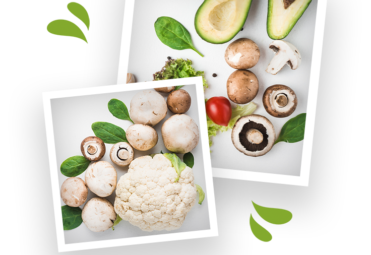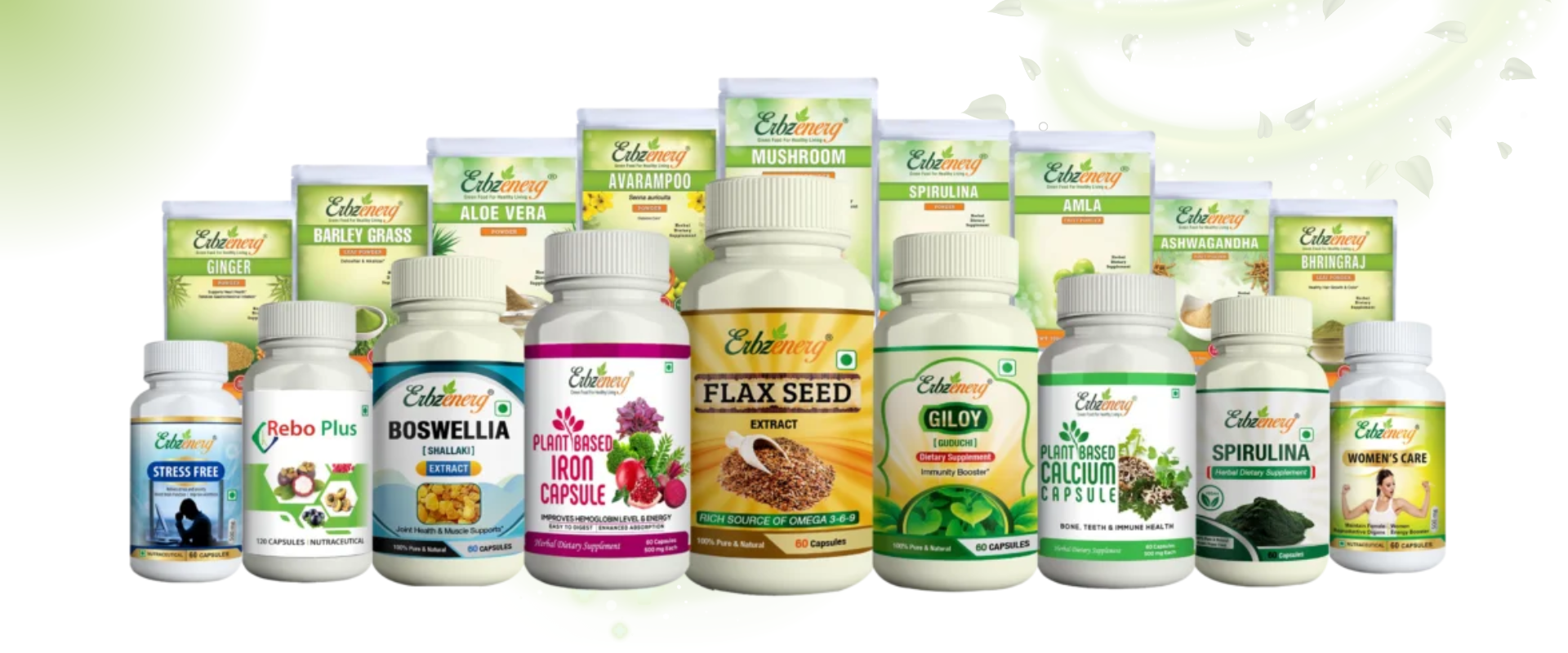

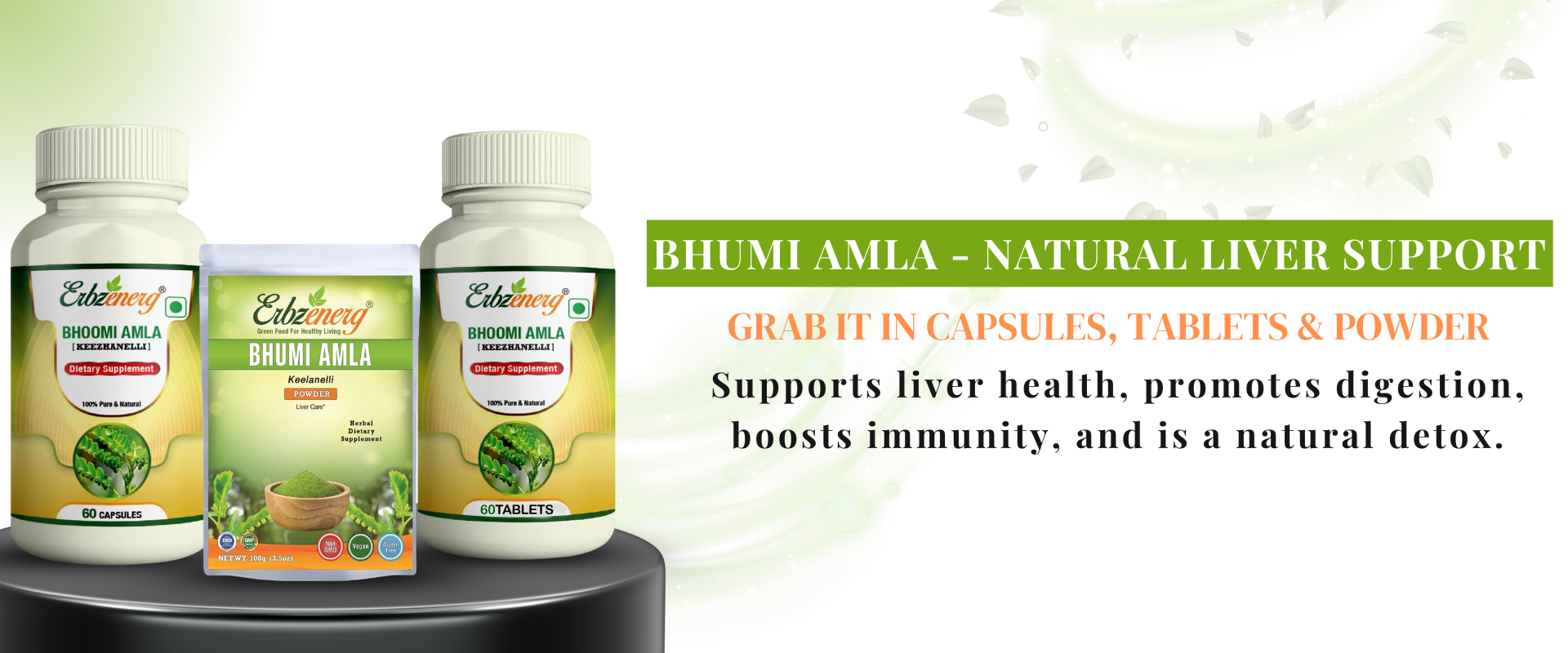
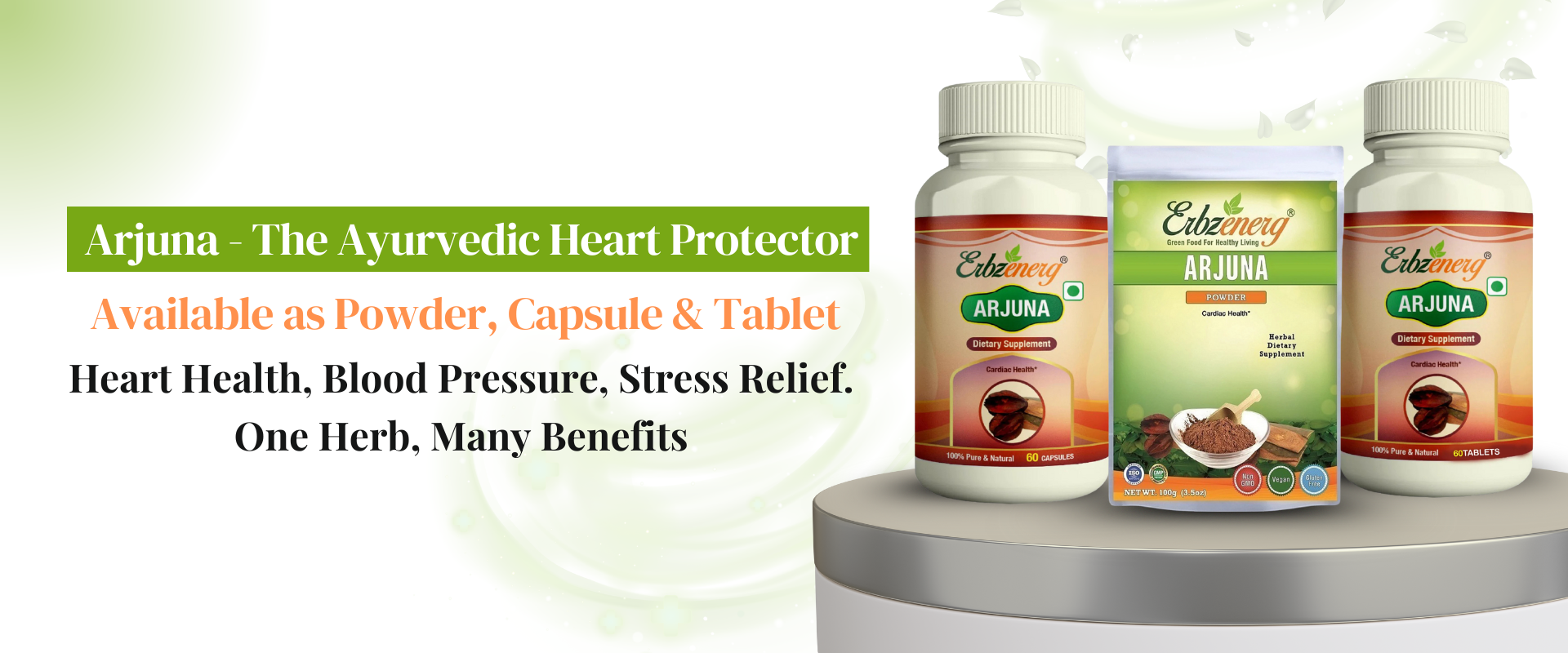
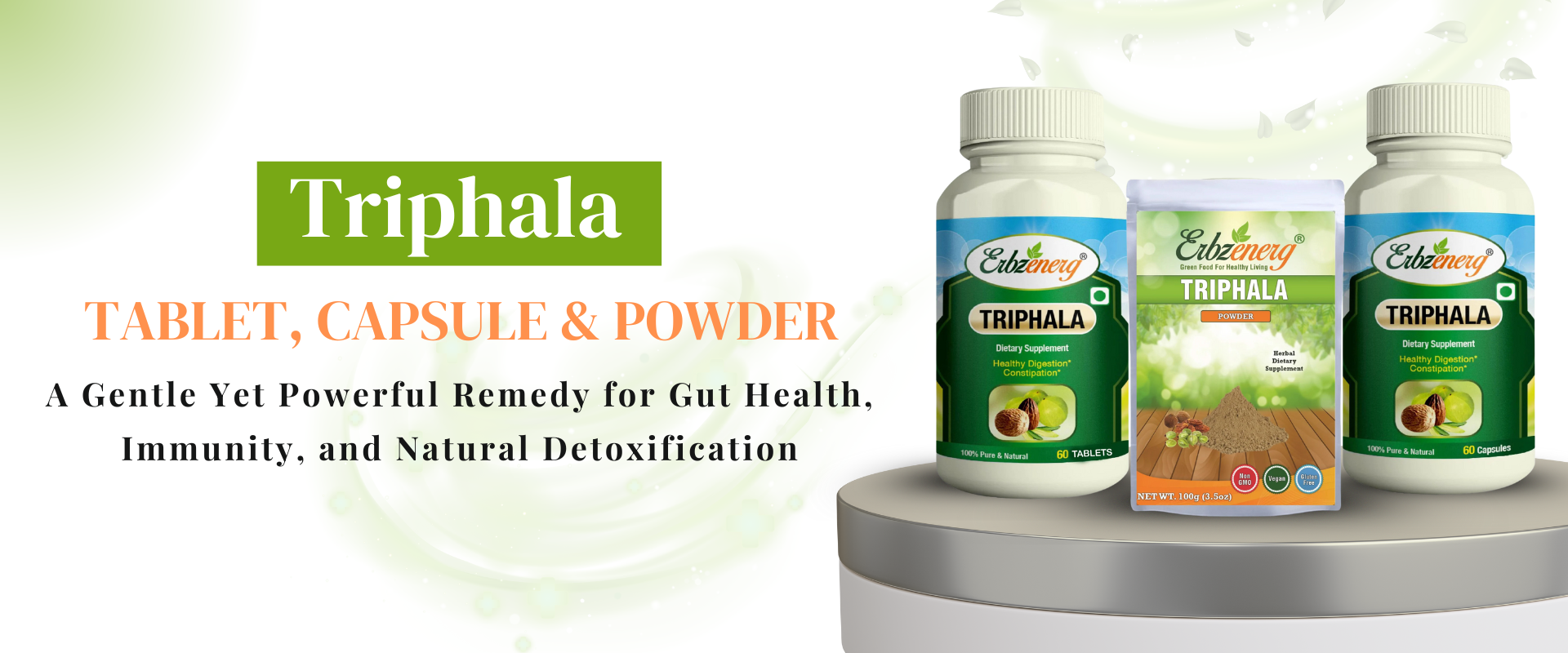
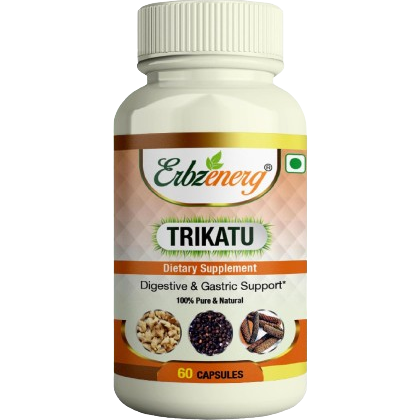
capsules
At RKS Healthcare, our capsules are designed to provide effective, natural health solutions in a convenient form.
View More
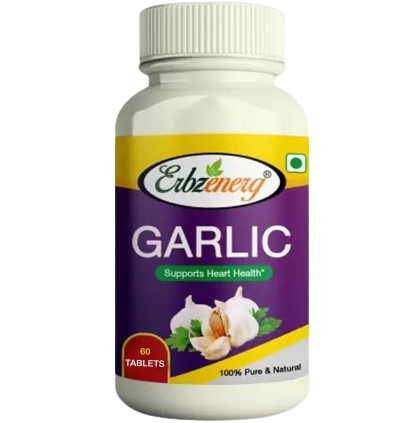
Tablets
RKS Healthcare offers high-quality herbal tablets designed to support your overall well-being.
View More

Powders
At RKS Healthcare, our herbal powders are crafted to deliver nutrients in an easy-to-consume form.
View More
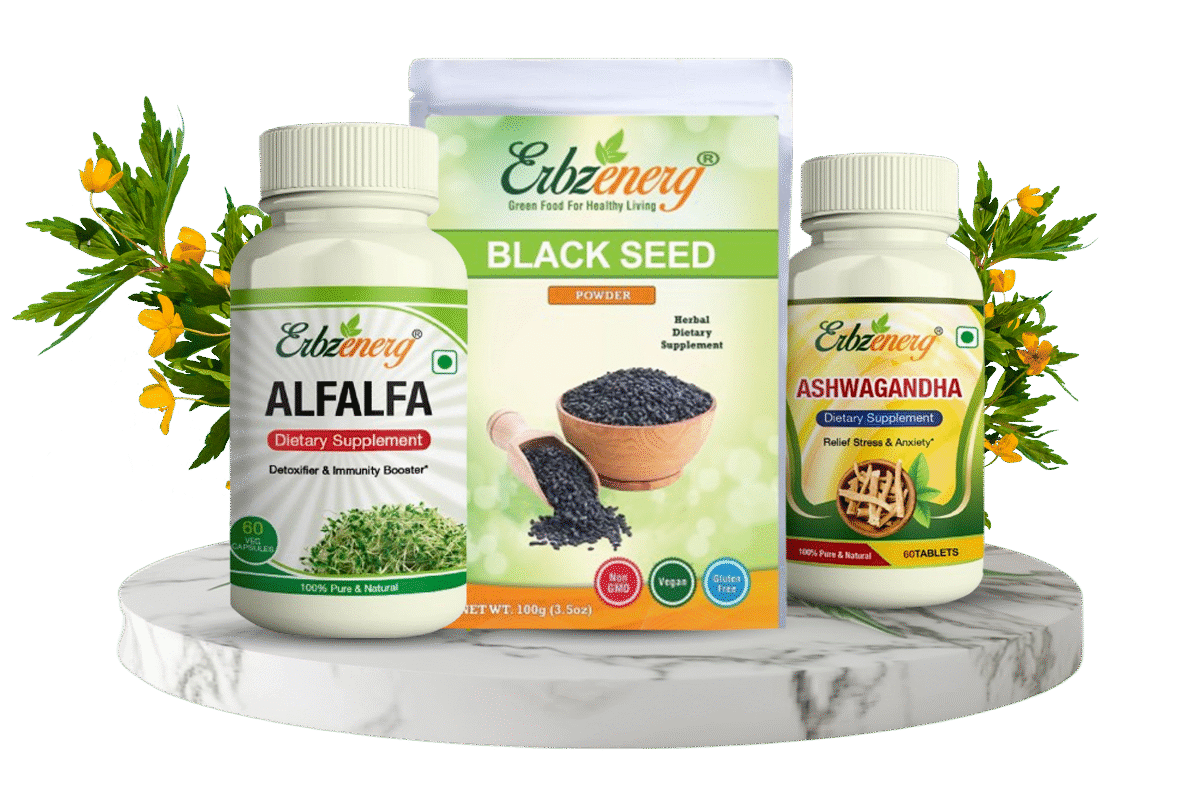
~ About us ~
RKS Healthcare – Nurturing Wellness, Naturally!
Trusted Health Solutions, Backed by Science & Nature
RKS Healthcare is a leading nutraceutical company dedicated to providing high-quality, science-backed health solutions. We specialize in nutraceuticals, cosmeceuticals, and herbal products, ensuring safety, purity, and effectiveness to support overall wellness.

Why Organic?
Organic products are free from harmful chemicals, pesticides, and artificial additives, making them a safer and healthier choice.

Speciality Produce
At RKS Healthcare, we take pride in offering high-quality specialty produce, sourced from the finest natural ingredients.
Return Policy
Support 24/7
100% Fresh
Secured Payment
~ Why Choose us? ~
RKS Healthcare – Your Trusted Partner in Wellness!
At RKS Healthcare, we deliver science-backed, high-quality health solutions with a focus on purity, safety, and effectiveness. Our products are formulated using natural and organic ingredients, ensuring maximum benefits without harmful additives. With strict quality standards, innovative formulations, and a customer-first approach, we are your trusted partner for better health and wellness.
1
+
Satisfied Clients
1
+
Expert Team
1
+
Activate Products
1
+
Awards Winning
~ Best Deals of the week! ~
Grab the best offer of this week!
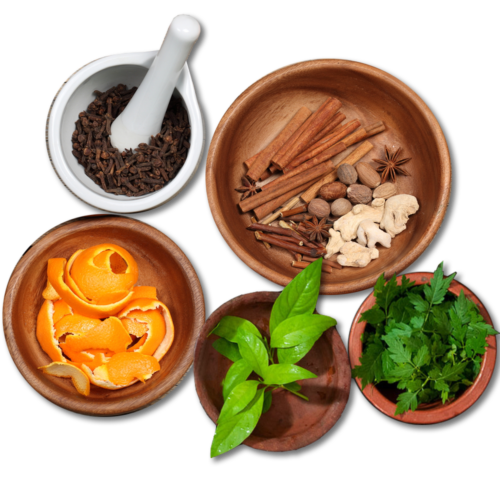
~ From our blog ~

